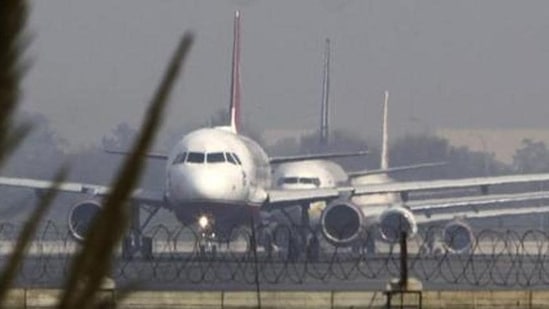This parliament session has seen renewed interest by parliamentarians in both houses towards rising airfares. Questions ranging from higher airfares to the gulf as well as domestic routes were a routine across party lines in both houses of the parliament.
Interestingly, when the new civil aviation minister took charge, one of the first things he said was to focus on affordable fares and curbing high fares.
Airfares are highly dynamic in nature and largely a function of demand and supply in the market. Yet, the government holds the right to regulate them, as they had during the post-pandemic times with a floor price and a ceiling price. As of today, the government has said that it has no plans to regulate the airfares.
As we head into a long weekend next week, airfares are on the rise again. Fares to Goa from Delhi, start at ₹24,000 return for a 15th August (Independence Day) departure and return on 19th August (Raksha Bandhan). The fares range up to ₹50,000 in some cases, all on economy class.
ALSO READ: How does IndiGo’s business class compare to others in market?
This goes down to ₹16,261 if one decides to depart Delhi on 16th August and reduces to below Twelve thousand if one decides to depart on 16th and return on 20th. Google Flights’s fare tracker marks these flights as High. The fares are similarly marked high to Goa from other destinations like Mumbai, Bengaluru, or Hyderabad. Flights to Kochi (much longer than Goa) from Delhi are priced cheaper. IndiGo is even operating an extra flight between Delhi and Goa, going by the booking engines, to cater to the additional rush and make the most of the high fares.
ALSO READ: More passengers are impacted by delayed flights than ever before, shows data
High airfares are selective
For the same dates, a shuttle route like Bengaluru to Kochi still sees return fares being available for less than ₹6,700. Interestingly, Volvo sleeper coach buses running between the two cities are charging ₹6,200 return for the same. Likewise, other shuttle routes like Mumbai – Ahmedabad, Bengaluru – Chennai also have lower fares for the long weekend.
International is no different
Many questions from the Members of Parliament also revolved around international services charging high fares. This especially impacts the diaspora in the gulf and ASEAN who have roots in India or are Indian nationals working abroad and visiting home for the holiday season.
The seasonal peak of fares often gets discussed in two ways, one where passengers planning a holiday complain about international flights being cheaper than domestic ones, and second where the diaspora complains about not being able to save enough to travel to see their loved ones. The impact is higher for blue-collar workers who don’t travel often to see their families.
While it is easier to add flights in domestic sectors, international flights are governed by Bilateral Air Services Agreements and additional flights are not a possibility. Additionally, with the holiday season seeing mass travel from the gulf countries, the airline too won’t have a lot of capacity to spare to add flights, even if permissible. Repeated calls of capping fares, won’t help either because foreign carriers and their fares cannot be governed by the Indian government.
Airlines confusing passengers?
Since the time dynamic pricing has come into play, the widely believed methodology has been to book early – book cheap. The prices were always believed to be going up as one goes closer to departure. However, booking patterns in India are different than in the Western world and likewise, airlines have a different approach towards pricing.
Return fares to Goa from Delhi, for December 25th, start at ₹23,000 if booked today, shows Google Flights. Similarly, even on the busiest Mumbai – Delhi sector, fares for September are available for less than ₹8,000.
Go into November, and the fares are over ₹12,000. Both the weeks do not have holidays or long weekends or festivals around them. The situation is worse for Tier II cities where fares for a later point of time are exorbitant. The return flights from Lucknow to Mumbai are selling at ₹22,000 in November, post Diwali holidays. For August or September, they are selling at less than ₹9,000. The examples repeat across sectors.
Tail Note
IndiGo may have reported record profits last year, but the aviation industry has been in the doldrums in India seeing many shutdowns, with the last being in 2023 and the one before that in 2019 (Jet Airways). A volatile industry worldwide because of the dynamic nature of input costs and capital-intensive planes, makes it a difficult business to run.
The extremely cheap fares available in the market during weak times are compensated with peak fares during peak days. Yet, the airlines have to find a middle path to ensure affordability remains and they do not go overboard. Last November, fares dropped suddenly as airlines saw weakening load factors. It also saw the month record fewer passengers than the previous November and the only month in the year to experience so.
The chicken and egg problem of fares dropping later in the cycle and passengers not booking early will compound the trust deficit between airlines and passengers, where airlines complain of weak fares and passengers complain of the same being high.
